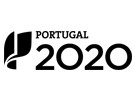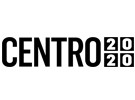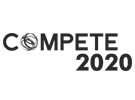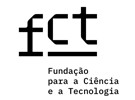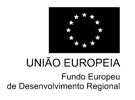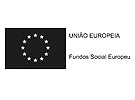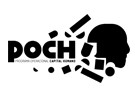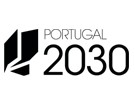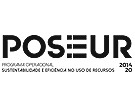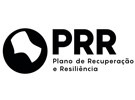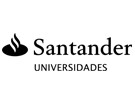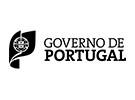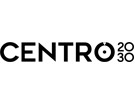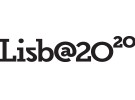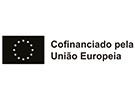



6 ECTS; 1º Ano, 2º Semestre, 28,0 T + 42,0 TP + 5,0 OT , Cód. 814338.
Lecturer
- Maria Helena Morgado Monteiro (1)(2)
(1) Docente Responsável
(2) Docente que lecciona
Prerequisites
NA
Objectives
a)Develop the ability to analyze and interpret mathematical results, establishing relationships between theoretical concepts and practical applications.
b)Interpret data, model and solve complex problems, using learned techniques and logical reasoning.
c)Generalize geometric concepts of plane and space to spaces of arbitrary dimensions.
d)Apply knowledge of derivatives and integrals in the analysis and resolution of problems related to the behavior of phenomena, known rates of variation and restrictions.
e)Understand and apply the concepts of differential and integral calculus in a multivariable context.
Program
1. Geometry in Rn
1.1 Inner product, norm, distance and cross product;
1.2. Lines, planes, conics and quadrics.
2. Ordinary Differential Equations
2.1. Some mathematical models, definitions and terminology;
2.2. Direction field and Euler's method
2.3. First order differential equations - equation of separable variables, linear equation and Bernoulli equation.
3. Differential Calculation in Rn
3.1. Definition, limit and continuity of a real function of several real variables;
3.2. Contour lines and geometric representation of a function of two variables;
3.3. Partial and directional derivatives;
3.4. Derivative of the composite function and the implicit function;
3.5. increments and differentials;
3.6. Tangent plane and normal line to a surface;
3.7. Local and conditioned extremes.
4. Integral Calculus in R^n
4.1. Definition and properties of double integrals;
4.2. Calculation of double integrals in rectangular coordinates and polar coordinates;
4.3. Applications of the double integral;
4.4. Definition and properties of triple integrals;
4.5. Calculations of triple integrals in rectangular coordinates and cylindrical coordinates;
4.6. Applications of the triple integral.
Evaluation Methodology
Assessment by frequency: two written works, two classroom presentations and two written tests, all classified from 0 to 20 points. A student is exempt from the exam if he/she submitted both works, made the presentations, had a classification higher than 4 points in each test and the sum of 10% of the average of the works and presentations and 90% of the average of the tests is equal to or greater than 10 values.
Assessment by exam: a written test, graded from 0 to 20 points, on the entire subject. The student is approved if he obtains at least 10 points in the exam.
A student who obtains a classification higher than 17 may have to take an extraordinary assessment. If the student does not do so, they will be awarded 17 points.
Bibliography
- Gallier, J. (2011). Geometric Methods and Applications: For Computer Science and Engineering. Acedido em 1 de fevereiro de 2025 em https://link.springer.com/book/10.1007/978-1-4419-9961-0
- Monteiro, H. (2025). Apontamentos de Cálculo II. (Vol. ). Abrantes: ESTA
- Mora, W. (2019). Cálculo en Varias Variables, Visualización interacti. (Vol. ). Costa Rica: Instituto Tecnológico de Costa Rica
- Ramos, M. (2011). Curso Elementar de Equações Diferenciais - Textos de Matemática. (Vol. 14). Lisboa: Departamento de Matemática da Faculdade de Ciências da Universidade de Lisboa
- Stewart, J. (2013). Cálculo. (Vol. 1 e 2). São Paulo: Pioneira Thomson Learning
Teaching Method
The fundamental principles are transmitted, accompanied by the exemplification of their applications; in TP classes students are guided to apply and explore the concepts learned; construction of collaborative knowledge are encouraged.
Software used in class
Productivity tools, Geogebra, WolframAlpha and Moodle platform.
